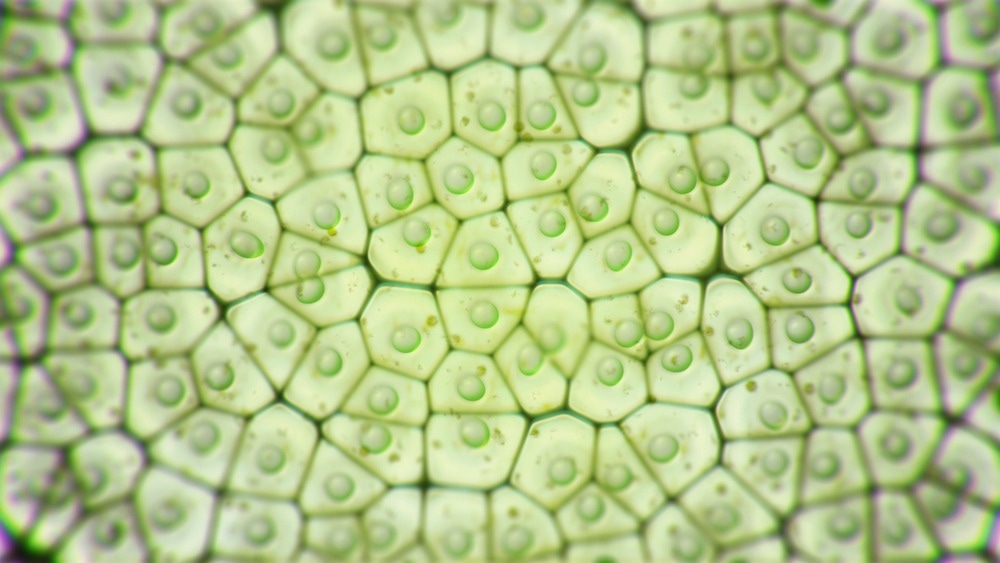Reviewed by Danielle Ellis, B.Sc.Jun 27 2023
For the first time, RIPE scientists revealed that manipulating chloroplast size is unlikely to be an option for enhancing crop photosynthetic efficiency.

Image Credit: SquareMotion/Shutterstock.com
Their study was recently reported in the journal New Phytologist.
Chloroplast size affects photosynthetic efficiency in multiple ways. Interestingly, we found that changes in chloroplast size had relatively small effects on photosynthesis.”
Katarzyna ‘Kasia’ Glowacka, Study Lead Author and Assistant Professor, Biochemistry, University of Nebraska-Lincoln
Chloroplasts are organelles present within the cells of the leaf where photosynthesis takes place. Light energy has been absorbed by the chlorophyll of the leaves and utilized to decrease carbon dioxide to carbohydrates, and in return feed all of the plant’s organic constituents.
The research group examined if chloroplast size manipulation could be a viable method for enhancing photosynthetic performance by integrating an extensive range of methods from confocal microscopy to field tests. With the help of synthetic biology, they produced tobacco lines with chloroplasts bigger and smaller compared to the size found in wild plants.
There are many reasons why the size of chloroplasts might affect photosynthetic efficiency. Here, Kasia found ways to make plants with both larger and smaller chloroplasts and the work showed that chloroplast size manipulation appeared to not improve productivity under field conditions.”
Stephen Long, Director, Realizing Increased Photosynthetic Efficiency
Long is Ikenberry Endowed University Chair of Crop Sciences and Plant Biology at Illinois’ Carl R. Woese Institute for Genomic Biology.
RIPE is an international research project that targets to increase global food production by coming up with food crops that converts the energy of the sun into food in a more efficient manner with assistance from the Bill & Melinda Gates Foundation, Foundation for Food & Agriculture Research, and U.K. Foreign, Commonwealth & Development Office.
The findings like those discovered by Glowacka and the team are beneficial in offering direction for RIPE scientists. Initially, the researchers put the chloroplast change into a model plant to get outcomes quicker, before moving on to highly complicated food crops.
These results suggest changing chloroplast size is unlikely to be profitable. Such research allows us to narrow down the many possibilities and focus effort where it will make the most impact.”
Katarzyna ‘Kasia’ Glowacka, Study Lead Author and Assistant Professor, Biochemistry, University of Nebraska-Lincoln
Glowacka is a former postdoctoral researcher in Long’s lab.
Source:
Journal reference:
Głowacka, K., et al. (2023) Is chloroplast size optimal for photosynthetic efficiency? New Phytologist. doi.org/10.1111/nph.19091.